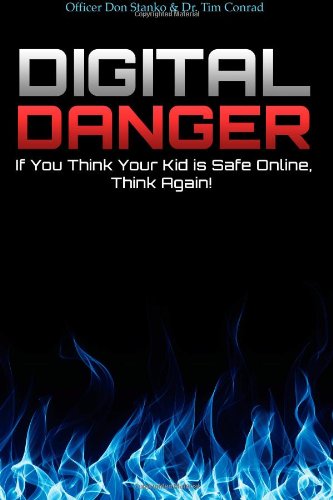Written by: Greg Ellifritz
Having built my own website and managed it for almost three years, I generally consider myself relatively computer-savvy. Even though I know how to run the back end of a website, I’m not really up on all of the issues around online crime and the dangers associated with using social media and apps on a smart phone.
Fortunately for me, my friend Don Stanko knows a lot about the topic. Don recently co-authored the book “Digital Danger” to educate parents and school staff about the dangers children can face online. I’ve worked with Don on community education and self-defense programs for more than 15 years and can attest to his expertise in the field.
I just completed the book and recommend it for anyone who might not fully understand the ways that criminals use online tools and social networks to victimize children. From the authors’ description:
“Dr Conrad and Officer Stanko draw upon their combined 60 years of experience to present common sense, practical ways to protect children from digital danger. This book is for you if you are a parent, aunt, uncle, educator or mentor. The topics include How do I assess digital danger risks in my home? Are my kid’s apps dangerous? What do I do if my kid is being cyberbullied? When does my child’s use of social media become harmful? What is a digital footprint and why should I be concerned about it? How do I monitor my child’s use of digital devices? What do I do if I find that my teen is sexting?”
All of these are issues that modern-day parents need to understand.
The book has chapters on Digital Media Trends, Assessing Risk, Cyberbullying, Sexting, Prevention, and Setting Effective Digital Rules. I found the book to be a quick and informative read. It broke down the issues in a manner that was easy to understand, yet not too elementary. Parents with levels of computer knowledge from novice to expert will all benefit from reading the book.
The most interesting part of the book for me was the discussion of how children and teens view things regarding the difference between “online world” and “real world” and how they fail to fully understand the consequences of their online behavior because it’s not “real.” I also thought the section on developing and enforcing digital rules for the home was exceptionally valuable.
If you have children or grandchildren, you will most certainly find large parts of this book to be highly valuable. It’s worth your time to read. “Digital Danger” can be purchased on Amazon.com.


